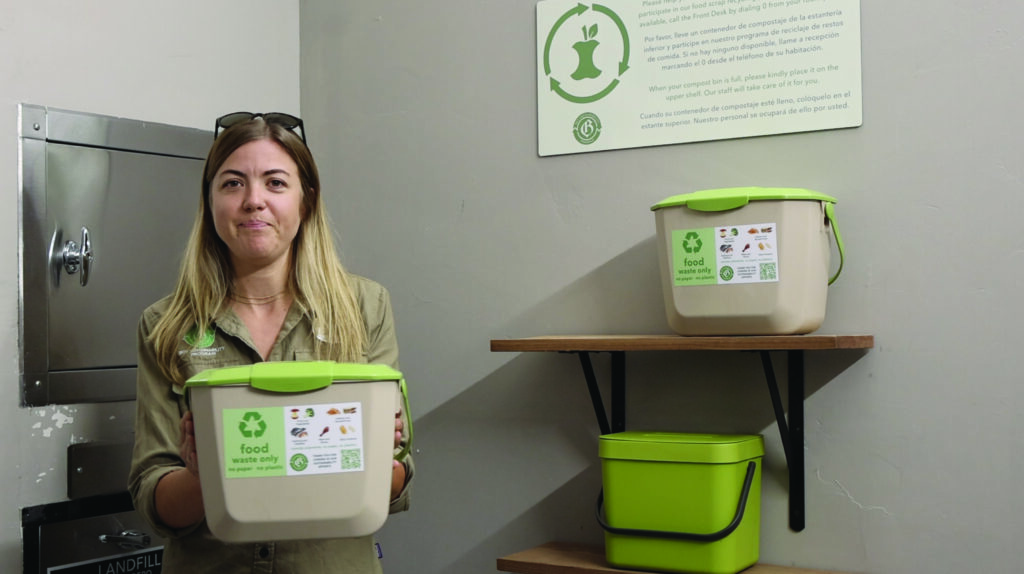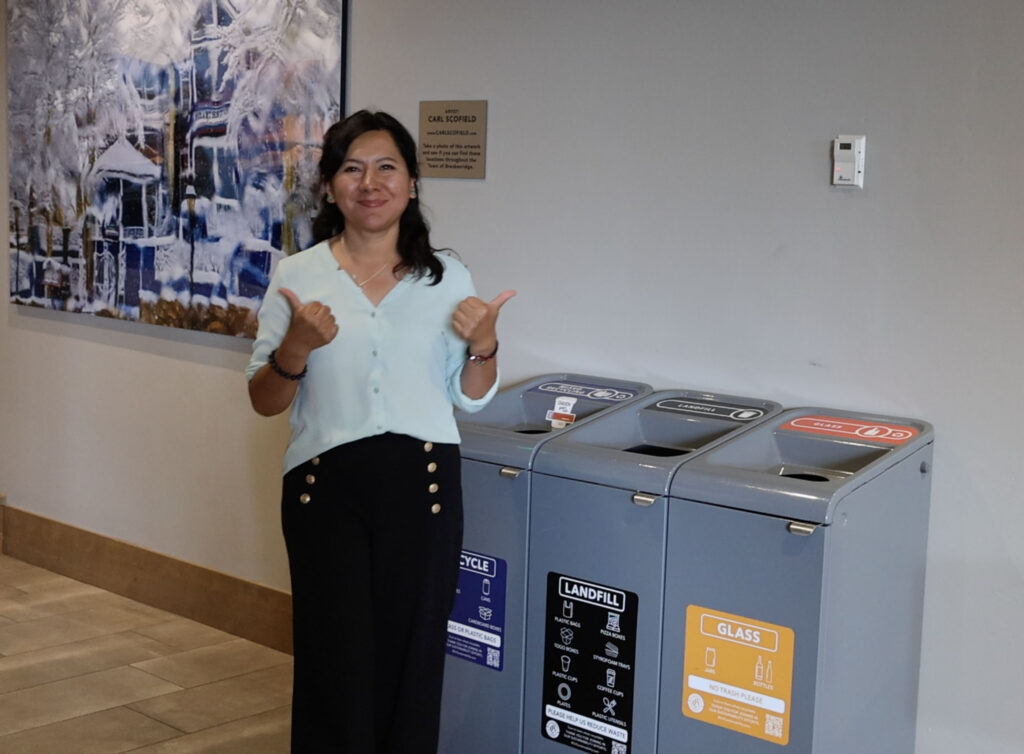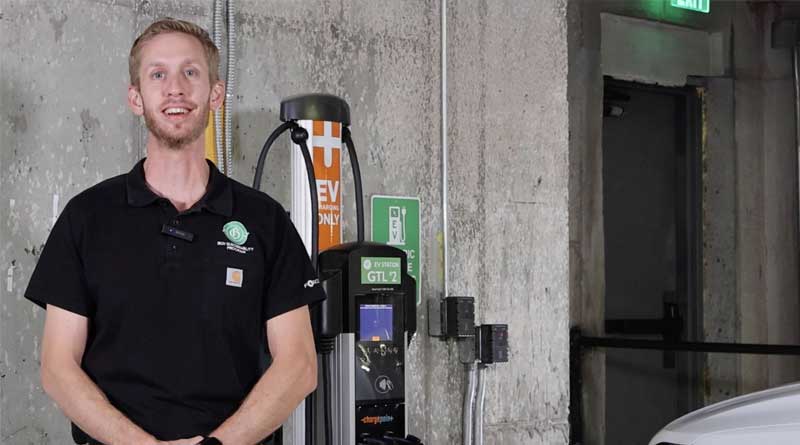Are You Truly Green? Third-Party Certification Proves You’re Walking the Talk
In recent years, the global travel and hospitality industry has witnessed a surge in demand for eco-friendly and sustainable practices. According to Booking.com’s Sustainable Travel 2024 report, 83% of travelers say sustainable travel is important to them. Also, 75% of global travelers say that they want to travel more sustainably over the next 12 months, and (43%) would feel guilty when they make less sustainable travel choices.
It’s not just your guests. Deloitte’s Gen Z and Millennial Survey reveals that climate change is a major concern for both generations. The report shows that 42% of Generation Z and 39% of millennials have already changed or plan to change jobs or industries due to climate concerns. And half of Generation Z and 46% of millennials are “pushing” their employers to drive change on environmental issues.
I would argue that the demonstrating sustainability is even more important for vacation ownership resorts as a timeshare purchase is the beginning of a long-term relationship, not just a one-night stay. Showing your commitment to sustainable tourism at the sales table can give potential buyers one more reason to say, “I do.”
Keep in mind, however, that studies also show that today’s consumers are skeptical of “greenwashing.” They question if you are truly committed or just want to spend less money washing sheets and towels.
One way to demonstrate your resort’s commitment is to receive a third-party certification for your efforts. (See sidebar for more information on three available certification programs.) That’s the approach taken by both Marriott Vacations Worldwide, which operates nearly 120 vacation ownership resorts under The Marriott Vacation Clubs and Hyatt Vacation Club brands, and Breckenridge Grand Vacations, which has three resorts in Breckenridge, Colorado.
Here, Emily Kimmel, Sustainability Manager for BGV, and Mac Montgomery, Vice President of Global Master Planning, Architecture and Interior Design at MVW, along with Greg Poirier, Director of Green Hospitality Certification Programs at Audubon International, and Megan Baker, Vice President of Engagement at the Green Building Initiative, discuss the certification process and how it affects companies, resorts, guests and employees.
Related: It pays to be WELL: Beyond Going Green
Why Do It?
In speaking with Kimmel and Montgomery, it’s clear that the certification process is not just getting a plaque to hang on the wall, but also a strategic move with numerous advantages.
Although MVW has been achieving certifications for quite some time, Montgomery cites surveys showing that sustainable green travelers is a growing base. “It’s a great thing for us to know that we’re doing the right thing while appealing to a consumer that more and more is really looking for that,” he says. “We hope to get all of our properties certified.”
“We believe that sustainable practices are essential for preserving this place where we live and play,” Kimmel says. “We applied for the certification for our Grand Colorado at Peak 8 Resort to demonstrate our great commitment to environmental stewardship and energy conservation. We can talk about it all day, but I think that a certification really proves that we are committed and dedicated.”
The Process
For the certifications reviewed here, the processes many look different, but they follow a similar pattern. Register with the group, consult on ways to earn points or credits toward certification, and then submit to an on-site audit or other verification process. When the results come back and you have earned enough credits, your resort can be certified.
What I learned from speaking with all of our sources is that the certification process is where innovation and ideas are often generated. Audubon’s process includes forming Green Teams that help identify sustainability practices and ideas from the ground up. “Green teams can monitor progress on sustainability metrics and find ways to continuously improve performance over time, rather than just achieving the initial certification,” Poirier says. “Getting a certification is not a destination, it’s a journey.”

Some of the ideas that BGV has implemented during the certification process included using heat produced from making ice for the ice rink to help heat the building, implementing a sustainable stays program that encourages guests to compost, recycle and use reusable water bottles during their stays, and having EV charging stations on property. “We have a group of sustainability champions who meet on a regular basis and discuss different programs and projects that we can implement,” Kimmel says. “When we’re talking about new development, employees are raising their hands and asking, ‘Well, what are the sustainable initiatives that we have planned for our new property?’ It’s great to hear that kind of interest in what’s going on.”
When building their new headquarters building, which is LEED Gold certified, MVW diverted waste from landfills for reuse or recycling. At MVW’s Cypress Harbor resort in Orlando, landscaping includes Florida friendly, drought-tolerant plants, rain gauges for efficient irrigation and reduced watering practices. At Westin Nanea Ocean Resort Villas, which is also LEED gold certified, the resort has an energy-efficient HVAC system, water bottle refill stations throughout the building and touchless elevators.
Because the Green Globes certification process is collaborative, the results don’t come as a surprise. “The project teams can see how credit is earned, so they should have a clear idea what their score will be,” Baker says.

Is It Expensive to Be Green?
The answer to that question has always been, it depends. But as advances in green technology accelerate, that’s changing. The other aspect is that many of the green initiatives may be more expensive in the beginning, but they save money over time. “The investment should be made in education to design, construct, and operate buildings more efficiently and resiliently, which often pay for themselves within a few years,” Baker says.
MVW is building all its new resorts construction techniques that will make them much more resilient in the event of hurricanes. “This makes us a great community partner,” Montgomery explains. “We’re resisting extreme weathers that could topple a building and send it straight to a landfill. It protects the guests and associates. It’s also considered a sustainable program, and it can save on insurance costs.”
An End with Benefits
Becoming a certified green resort is more than just a trend—it’s a strategic decision that offers multiple benefits. As travelers continue to prioritize sustainability, embracing green practices not only positions your resort as a leader in the industry but also ensures a more sustainable and profitable future. “There are some corporate social responsibility initiatives that can be tricky, but this is one everyone can get behind,” Montgomery adds.
Navigating Green Certification
Thinking about taking the plunge? Here’s a brief look at three of the leading certification programs.
1. Audubon International’s Green Lodging
Cost Structure: One-time enrollment Fee of $500, annual membership fee ranging from $500 to $1,000 depending on resort size, and travel expenses for required site visits, billed separately.
Overview: The Audubon International Green Lodging Program, which started in 1993, is designed specifically for the lodging and hospitality sectors. The program focuses on environmental management practices relevant to hotels and resorts, providing a structured yet straightforward path to sustainability certification. This is a cost-effective program that’s tailored to the lodging industry and offers ongoing support and resources.
2. Green Building Initiative’s Green Globes
Cost Structure: Registration fee of $1,500 and certification costs ranging from $4,120to $33,000, with an average cost around $14,000 for new construction and $9,500 for existing buildings.
Overview: Green Globes offers certification for both new construction and existing buildings. For new construction, the process starts early in the design phase, allowing projects to integrate Green Globes criteria from the beginning. The process involves registering the project, completing an online questionnaire, and undergoing preliminary and final assessments by a dedicated Green Globes Assessor (GGA). For existing buildings, the process goes directly to final assessment to certification. Green Globes is rigorous, not rigid and can apply to all building types. There are varying achievement levels of from One to Four Green Globes.
3. U.S. Green Building Council’s LEED (Leadership in Energy and Environmental Design)
Cost Structure: The registration and certification fees vary based on project size and type. Can range from several thousand dollars to over $30,000.
Overview: LEED is a globally recognized green building rating system that provides a rigorous framework for evaluating building performance across multiple sustainability metrics. The certification process involves registering the project, submitting a certification application, undergoing a review by Green Business Certification Inc., and receiving the certification decision. Levels range from certified to Platinum.
Note: There are other programs, of course. Branded resorts may have access to certifications from their brand. That was the path taken by Viva Resorts by Wyndham, which has earned the Wyndham Green Initiative certification. You can hear all about it on Resort’s Trades YouTube channel as Wyndham’s Corporate Director, Marketing and Public Relations, Erika Sordo., discusses the process with Resort Trades’ publisher, Sharon Wilson at this link https://www.youtube.com/watch?v=DQGm4zaLxts.



